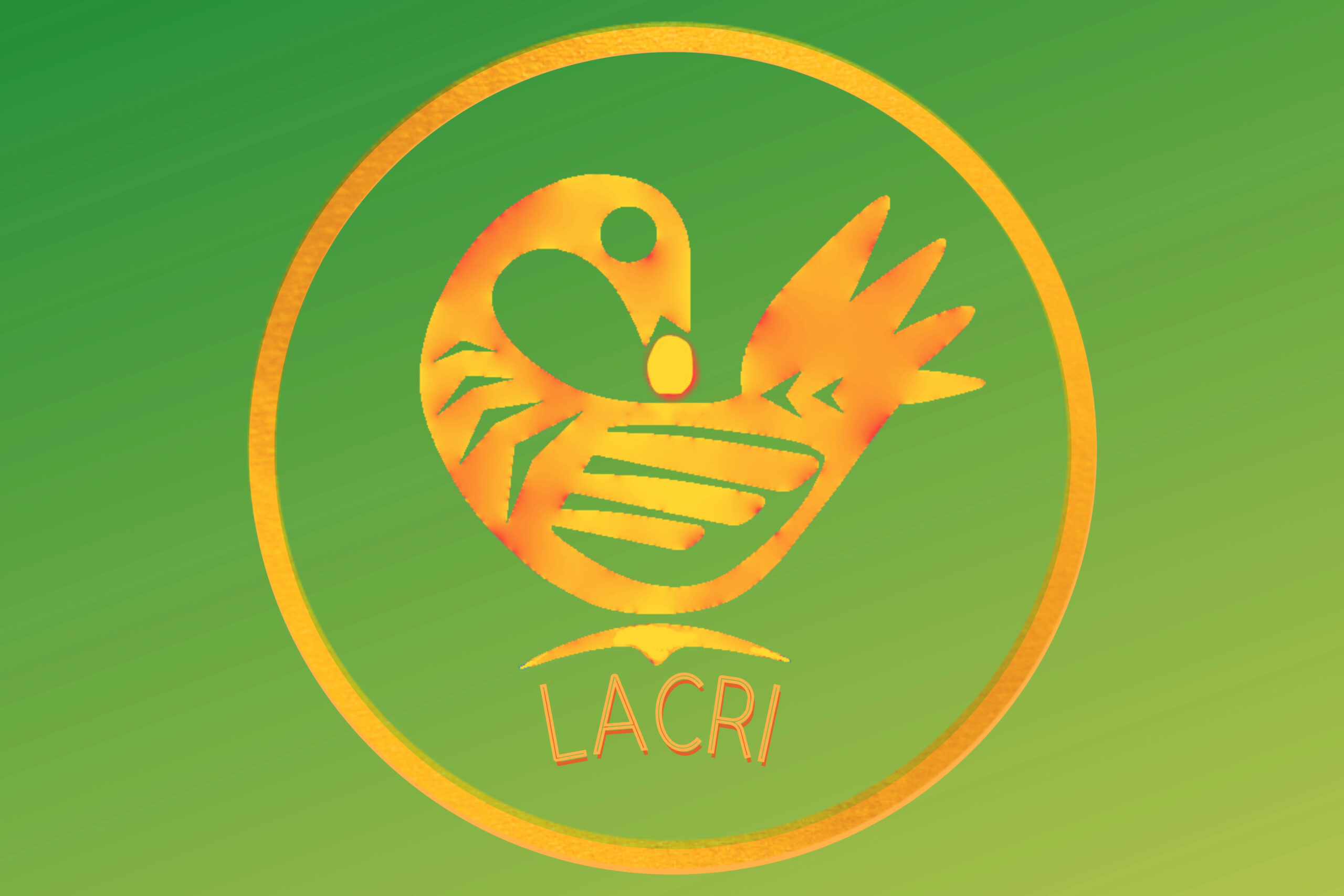World Humanitarian Day (WHD), observed annually on the 19th August, serves as a powerful reminder of the global commitment to alleviating human suffering and upholding human dignity in the face of crises. It is a campaign by the United Nations Office for the Coordination of Humanitarian Affairs (OCHA).
This year’s theme #ActforHumanity aims to confront the normalisation of attacks on civilians, including humanitarian workers and impunity under International Humanitarian Law (IHL). Their objective is to build public support to pressurise world leaders to take action to provide protection for civilians, including humanitarians, especially those in conflict zones.

When was WHD first commemorated?
The day commemorates the 2003 bombing of the UN headquarters in Baghdad, Iraq, which resulted in the death of Sergio Vieira de Mello, an eminent humanitarian worker. Vieira de Mello’s legacy embodies the dedication and risks faced by those providing aid in conflict zones. The establishment of World Humanitarian Day aimed to honour his memory and the values he represented. In 2020, Sergio’s life was depicted in a biographical drama.
Humanitarian workers save and protect lives and deliver the basic necessities of life but their work is dangerous. According to the Office for the Coordination of Humanitarian Affairs (OCHA) Aid Worker Security Database, 595 aid workers were victims of major attacks, 280 killed; 224 wounded
and 91 kidnapped in 2023.
In 2023, more aid workers died by violence than in any previous year on record, with 280 fatalities reported in 33 countries. More than half of these deaths (163) were aid workers killed in the first three months of the conflict in Gaza, mostly as a result of airstrikes.
Aid Worker Security Database (AWSD)
Humanitarian Workers Across the Globe
One of the most poignant examples of the challenges faced by humanitarian workers is the current situation in Palestine. The Gaza Strip, in particular, has faced repeated military conflicts, blockades, and significant infrastructure damage, resulting in widespread shortages of essential supplies, including food, clean water, and medical care. According to OCHA, over 2 million people in Gaza, including a substantial number of children, are in urgent need of humanitarian assistance. The blockade imposed on Gaza has intensified these needs, limiting access to necessary resources and services.
Gaza, in fact, is currently the most dangerous place for aid workers. In May 2024, Reliefweb reported that, “The Aid Worker Security Database (AWDS) – an open source for tracking attacks on aid workers globally – has documented a staggering 308 incidents targeting aid workers in Gaza, causing 234 deaths in the seven months since October 7.” The most number of humanitarian workers killed in Palestine were working for The United Nations Relief and Works Agency for Palestine Refugees (UNRWA), the United Nations (UN) agency that cares for Palestinian refugees. With one in every 100 of its staff killed – the current toll marks the highest staff death toll in UN history.
The situation in Palestine is a stark reminder of the urgent need for a comprehensive and lasting resolution to conflicts that perpetuate human suffering. The day calls for increased solidarity and advocacy to address these complex challenges and to ensure that humanitarian principles guide the response to crises.
Stretching the Humanitarian to it’s limits
Martin Griffiths, United Nations Under-Secretary-General for Humanitarian Affairs and Emergency Relief Coordinator, mentions in his Foreword for the OCHA Annual Report 2023 that the year 2023 has been “another gruelling year for millions of people – and one that stretched the humanitarian system to its limits.”
Devastating earthquakes hit Turkey and Syria, and the world saw record-breaking heat waves, catastrophic wildfires, and numerous other extreme weather events as a result of global warming. Afghanistan, the Democratic Republic of the Congo (DRC), the Horn of Africa, Myanmar, Ukraine, Yemen among other places have been victims of long running conflicts and economic hardships which have kept millions of people dependent on humanitarian assistance.
In the DRC, Save the Children has issued a state of emergency. The citizens have suffered from repeated cycles of refugees, conflicts and overall unrest for nearly 30 years. Women and children are trying to escape gruesome attempts of sexual violence and genital mutilation by armed men. Statically, more than 26.4 million people are in need of humanitarian assistance in the DRC including 14.2 million children.
Similarly in Burkina Faso, a small, poor, landlocked country in Western Africa, years of political instability has caused continuous suffering due to attacks on schools by armed groups. Burkina Faso also faces challenges in infant mortality, malnutrition, education, employment, food security and limited natural resources. In Burkina Faso, over 2.2 million people are in need of humanitarian assistance, almost half of them children.
Here is a list of 10 Humanitarian Crises that need the world’s attention.
The Way Forward
As a result of the various events taking place across the globe, OCHA’s Strategic Plan for 2023-2026 focuses on six main goals to improve humanitarian efforts. These goals include creating responses that are tailored to people’s needs and local contexts, ensuring reliable leadership for access, finding lasting solutions for long-term displacement, making sure aid reaches everyone in need, providing effective financial support, and using strategic analysis to adjust to new challenges.
World Humanitarian Day is a moment to honour the commitment and sacrifice of humanitarian workers globally. It highlights the pressing needs of people affected by conflict and underscores the importance of collective action and solidarity in addressing these challenges.
Read our free to view academic articles
To bring attention to this important topic, we have selected a list of temporarily free-to-view academic articles from the journals, Third World Quarterly and Central Asian Survey:
- The humanitarian cyberspace: shrinking space or an expanding frontier? Kristin Bergtora Sandvik, Third World Quarterly, 27 Nov 2015
- Building a humanitarian sector career: understanding the education vs experience tension, Matthew Clarke, Sophie Perreard & Phil Connors, Third World Quarterly, 06 May 2019
- Humanitarian fables: morals, meanings and consequences for humanitarian practice, Myfanwy James, Third World Quarterly, 19 Jan 2022
- The humanitarian frame of war: how security and violence are allocated in contemporary aid delivery, Iida-Maria Tammi, Third World Quarterly, 04 Apr 2022
- Working with the Taliban: from the first to the second Emirate, Astri Suhrke & Susanne Schmeidl, Central Asian Survey, 05 Oct 2023
The articles will be available temporarily as free-to-view until the end of September 2024.



